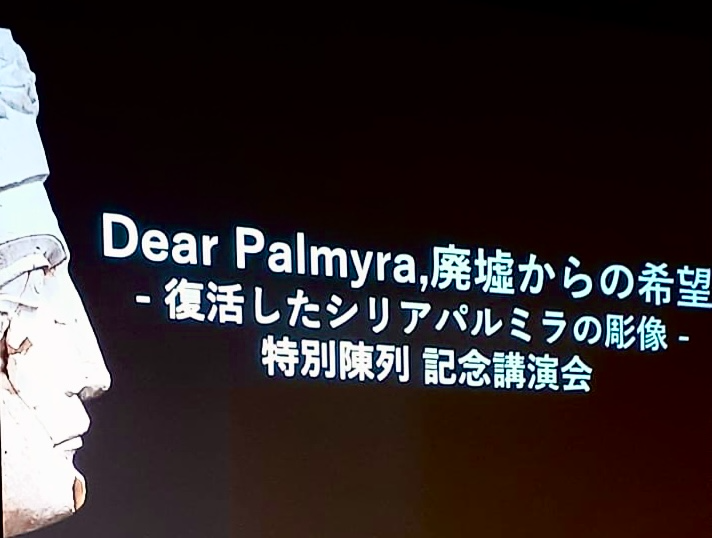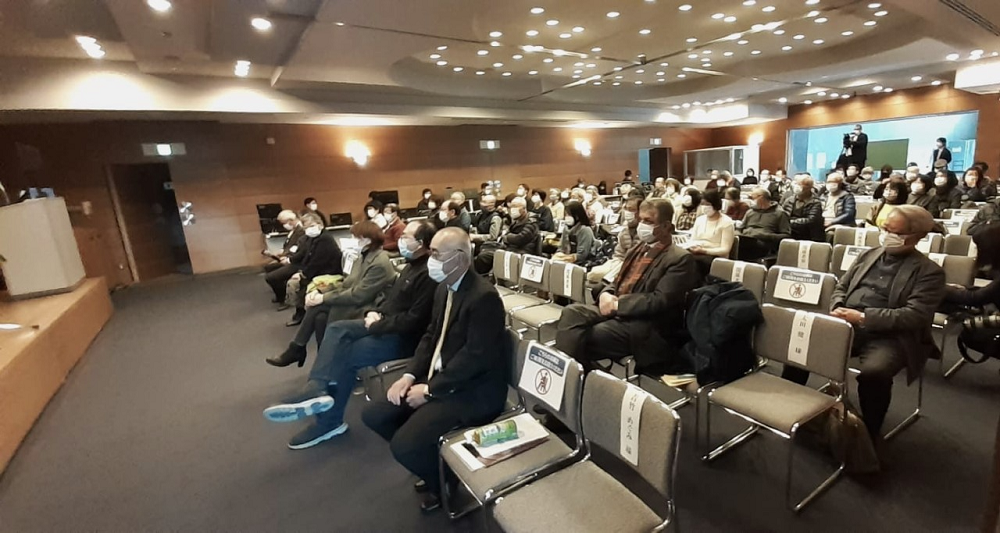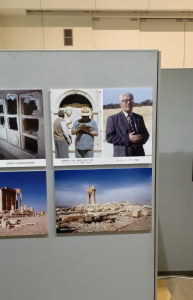



Arab News Japan
TOKYO: An exhibition has opened in Kashiwara City near Osaka that shows the current state of cultural properties in the Middle East and Syria that were heavily impacted by the civil war.

The Palmyra Ruins, a World Heritage Site in Syria, were the remains of a city that flourished in trade between the 1st and 3rd centuries B.C., but after 2011 many valuable cultural properties were destroyed by armed groups in the aftermath of the civil war.
An exhibition – “Dear Palmyra, Hope from the Ruins” – on the current status of Palmyra’s ruins opened on January 15 at the museum affiliated with the Kashiwara Archaeological Laboratory, which was involved in researching the ruins. The institute has been conducting training in Japan and Syria for four years through a commission of the United Nations to teach Syrian museum staff how to restore cultural properties.
Before and after photos of the temple of Belle are on display showing its condition after it was blown up and shattered by Islamic State fighters. Also restored stone sculptures from Syria will be exhibited in the future, but the arrival is delayed.
Kiyohide Nishido of the Kashiwara Archaeological Institute said, “I want people to know that the cultural properties are being rebuilt with the help of the Syrians.”
In 2019 and 2020, about 70 stone carvings were restored at the Damascus National Museum with the help of Polish restorers.
From 1990 to 2010, Kashikoken has made great achievements in international evaluation by investigating, restoring and restoring Palmyra’s underground tombs. However, the ongoing civil war in Syria has made it difficult to continue the investigation.
Kiyohide Saito, 68, a technical adviser who was in charge of the investigation, said, “If things go on like this, the crisis of Syria’s cultural heritage will be forgotten.”
Under the UNDP project, about 120 Syrian cultural heritage researchers received training in Japan and Lebanon. In December last year, Saito received a commendation from the Agency for Cultural Affairs.